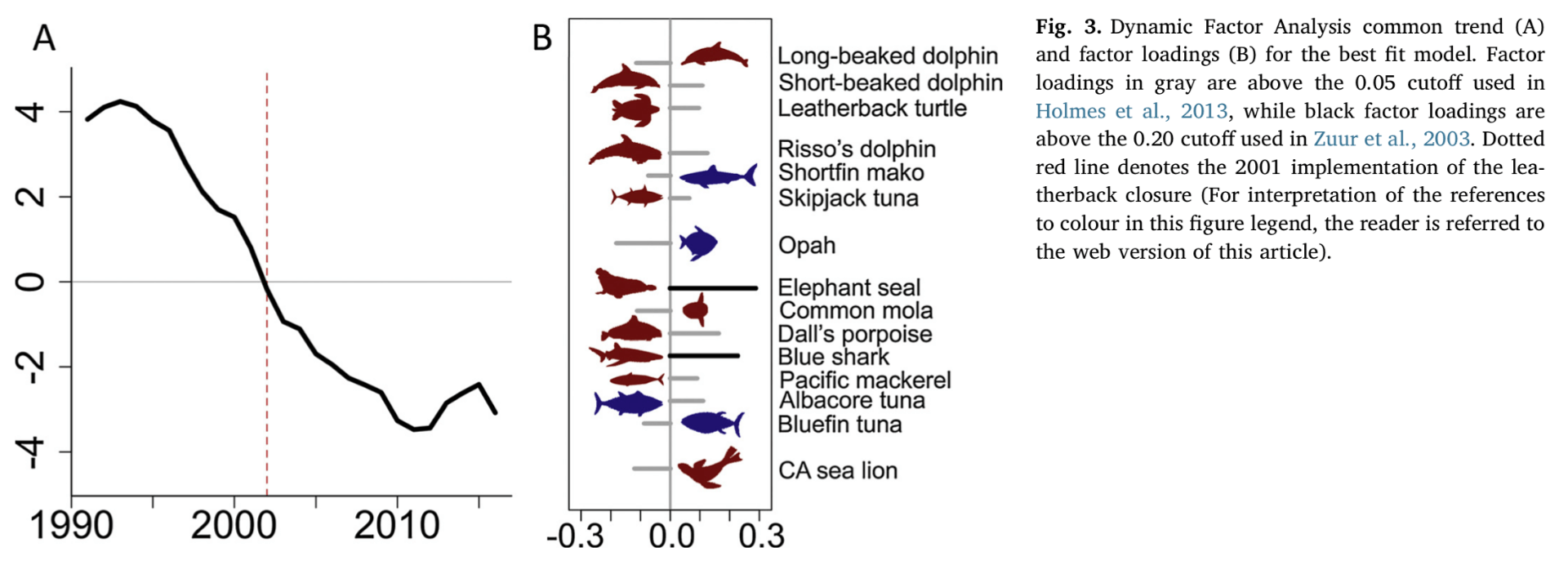Blue whales are the largest animals to every exist on earth but feed on some of the smallest animals on earth, so they need to eat a huge amount of krill to meet their energy needs. Blue whales are estimated to eat 8,000 pounds of krill per day! So it’s important they’re able to find enough food as they’re migrating up the coast of North America. Rather than surfing the contemporaneous “green wave,” the whales can hedge their bets by going with the average timing they’ve experienced in the past. This suggests memory or social communication over basin scales may be at play. From a commentary by William Fagan, “The ultimate analysis and results underpinning conclusions about memory-driven movement in whales are deceptively simple, but the data-intensive process to get there underscores just how much integration is necessary to make progress in cognitive movement ecology.”
B. Abrahms, E.L. Hazen, E.O. Aikens, M.S. Savoca, J.A. Goldbogen, S.J. Bograd, M. Jacox, L. M. Irvine, D.M. Palacios, B.R. Mate, 2019. Memory and resource tracking drive blue
whale migrations. Proceedings of the National Academy of Sciences, 10.1073/pnas.1819031116. PDF


